Scientists have warned that it is too soon to attempt to offer a considered assessment on what impact the Deepwater Horizon oil spill, the largest of its kind, has had on the Gulf of Mexico's wildlife.
In short, they said, nature did not work in such a way that the full picture will present itself within just one year.
Also, they added, more data needed to be gathered in the months and years ahead to gauge the full extent of the incident, which covered such a vast area.
 Turtles are among the animals affected by the leak
Turtles are among the animals affected by the leak
Dr Jane Lubchenco, the administrator of the National Oceanic and Atmospheric Administration (Noaa) - one of the federal agencies leading the clean-up operation - said there were reasons to be optimistic.
In an interview with the AP news agency, she said that the health of the Gulf is "much better than people feared", but the jury was out about what the end result would be.
"It's premature to conclude that things are good. There are surprises coming up - we're finding dead baby dolphins," she observed.
Researchers and conservation groups said it was difficult to access information being gathered as part of an investigation by a federal Natural Resource Damage Assessment (NRDA) process.
The NRDA is a formal framework in which government agencies look at the damage caused by the spill to natural resources and services - such as fisheries, wetlands, protected species, agricultural land - and calculate how much it would cost to repair the "injuries".
"What we know is very sketchy," said Claude Gascon, chief science officer for the National Fish and Wildlife Foundation.
"We have tried, and many others have tried, and it is almost impossible to get any idea what that group of agencies and researchers are actually finding.
"The simple reason for that is that there is going to be so much potential litigation in terms of settlements etc, " Dr Gascon told BBC News.
"So it is very difficult to know at the moment, the scale of the impact has been and will be in the future.

"All of us, including conservation organisations, professionals and academics, are keenly awaiting whatever the federal process will release into the public domain."
There was also agreement that it was too soon for long-term impacts to manifest themselves, such as disruptions to ecosystems' food chains.
This is why it was important for the data collection currently being carried out by the NRDA to continue, even if there was an out-of-court settlement, said Stan Senner, director of conservation science for Ocean Conservancy.
"It is too soon to draw any conclusions about impacts, especially within the marine environment," he told BBC News. "We certainly cannot gauge long-term effects just 12 months after the spill.
"For example, there were things like the massive use of dispersants, which was unprecedented. And because the well was so far offshore (50 miles), there were undoubtedly many, many impacts that were out of sight and we may never have the capacity to work out what really happened.
"Right now, there are far more questions than answers."
Understanding risks
Referring to the NRDA, Dr Senner said: "If the process runs its full course, it could take several years, may be more, to go through the damage assessment studies, then develop a restoration plan and present a claim for the cost of restoration to the responsible parties."
 In 2007, Russians planted a flag on the North Pole's seabed, staking a claim to the region's resources
In 2007, Russians planted a flag on the North Pole's seabed, staking a claim to the region's resources
During a similar process following the 1989 Exxon Valdez spill, Dr Senner - at the time - worked for the US government.
"We started that process and did our damage assessment studies," he explained. "But two years after the spill, the government and Exxon settled their claims out of court so that process never had to go through its full course.
"That may or may not happen [in the Deepwater Horizon] case, but one point I want to make very clear is that regardless of whether there is settlement or not, we strongly advocate that the scientific work continues.
"This will help us understand what happened, how long will the impacts last, how long recovery will take etc."
He said that the information would be vital for assessing the risk associated with future oil and gas activities.
The Arctic, with its vast untapped wealth in oil and minerals, has become the focus for a number of nations that are keen to stake their claim to the natural riches.
However, Dr Senner urged caution: "There is simply much less that is known about the Arctic region where oil development is proposed.
"If you look in the Gulf of Mexico, there is a relatively good baseline of environmental information compared with the Arctic.
"Also, there is a lot more capacity to respond to an oil spill in the Gulf; there is no capacity in the Arctic - there is not even a harbour on the Arctic slope of Alaska, which could be a staging base to respond to a spill."
~RS~q~RS~~RS~z~RS~08~RS~)

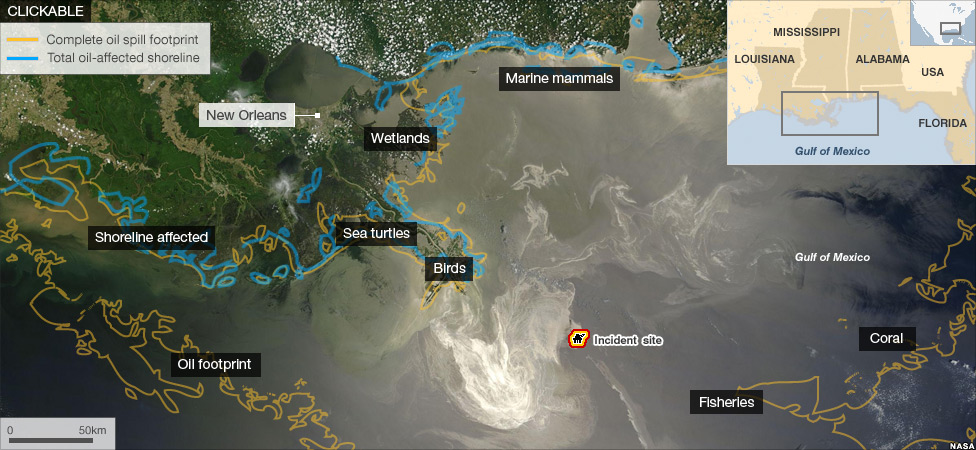
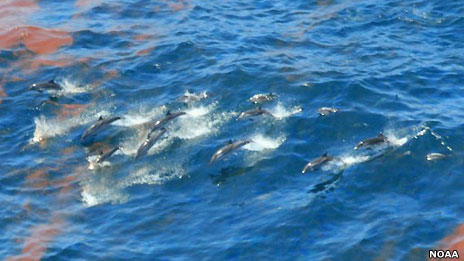
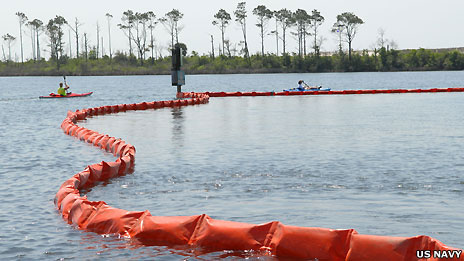


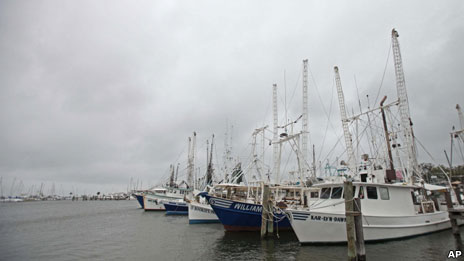

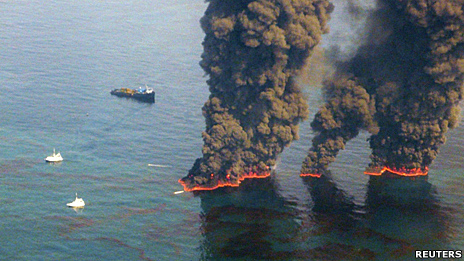

 Louisiana ruin remains
Louisiana ruin remains Drones bounce back from collisions
Drones bounce back from collisions